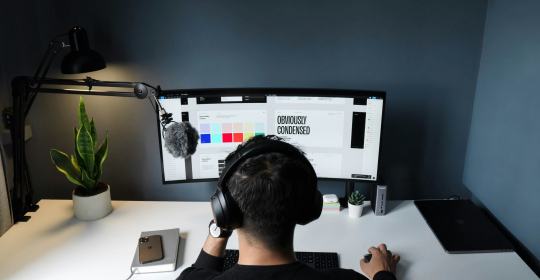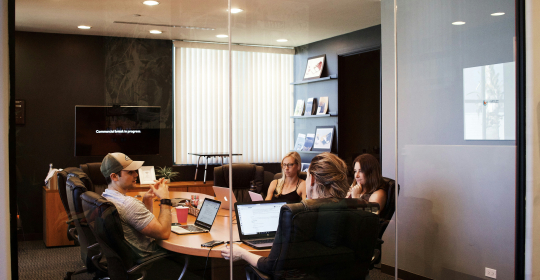1. Leveraging technology to support employee wellbeing in hybrid workplaces
"AI has supercharged innovation, and developments like generative AI are really helping to lighten the load for employees. By automating repetitive tasks, summarising meeting notes, and providing recaps for missed meetings, AI saves employees time and reduces stress. Nearly 50% of employees and 60% of business leaders report saving more than an hour a day thanks to AI, highlighting the profound impact of this technology. With this time saved, workers can take their lunch break, step away and recharge in ways that works best for them.”
“In the shift to hybrid working, technology is playing a key role in helping remote workers feel more connected to their teams. It’s more than just convenience - it’s about reducing the sense of isolation and keeping us all more engaged. 82% of hybrid workers report feeling even more connected to their teams and managers compared to those who work in the office full-time. It’s amazing how technology can make you feel like you're right in the room, even when you are miles away.”
“We’re also seeing a surge in online wellbeing programmes that are being revolutionised by these same technological advancements. With employee wellbeing at the forefront, organisations are now offering access to professional coaches and personalised support, all online, in ways we’ve never had before."
2. Reducing video fatigue through alternative tech solutions
"With the rise of hybrid working, the increase in video calls with cameras always 'on' has led to video fatigue, making back-to-back meetings feel draining. Thankfully, technology can step in to ease the strain. Audio-only options give employees a chance to engage without the pressure of constantly being on camera.”
“One exciting innovation is the use of avatars in meetings. These digital stand-ins allow people to participate without needing to be visually present on screen. This takes the pressure off, reducing anxiety and creating a more relaxed environment. By lowering the cognitive load of continuous video calls, avatars can really help reduce mental fatigue and boost overall wellbeing."
3. Empowering Work-Life Balance through Technology and Asynchronous Working
“Technology empowers employees to take control of their work-life balance by supporting asynchronous working practices. With AI-powered tools that enable flexible communication, employees can catch up on discussions and projects at their own pace, alleviating the pressure of being 'always on' and making it easier to relax and recharge.”
“When employees can manage their own schedules, organisations create a supportive and flexible culture that truly nurtures mental wellbeing. Trusting employees to handle their time and responsibilities not only boosts morale but also leads to a happier, healthier workplace overall."






